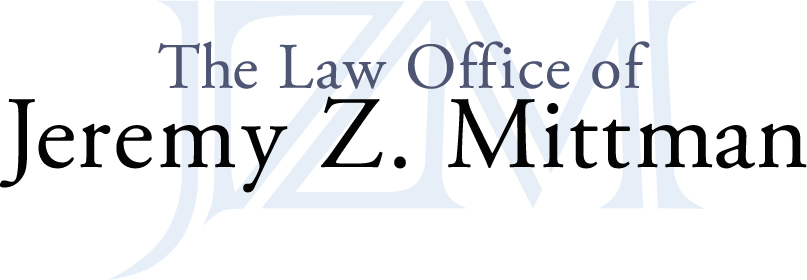Four of every ten Americans have at least one step-relative in their family – either a stepparent, a step or half sibling or a stepchild — according to the Pew Research Center. The National Center for Family and Marriage Research estimates that about one-third of all weddings in America create stepfamilies. With that in mind, it may be necessary to plan for such a possibility.
A recent trust case out of North Dakota highlights the importance of taking current and potential step-relationships into account when planning your estate. William and Patricia Clairmont created two trusts for their grandson, Matthew. In both of these trusts, they listed “the brothers and sisters” of Matthew as contingent beneficiaries (meaning they would be the trust beneficiaries if Matthew died).
After the trusts were finalized, the Clairmonts’ daughter, Cindy (Matthew’s mother), divorced Matthew’s father, Greg. Greg then remarried and had two children with a second wife. In March 2011, Matthew died suddenly and unexpectedly at the age of 25 without a wife, children or a will.
Under North Dakota law, Greg’s two children with his second wife were technically “brothers and sisters” of Matthew and, thus, eligible beneficiaries under the trusts. It was never the Clairmonts intention to provide for their daughter’s former husband’s children with a new husband, however. So, the Clairmonts argued for an interpretation of the trust that would exclude Matthew’s stepsiblings as beneficiaries or, alternatively, for reformation of the trust to include language that only lineal descendants of the Clairmonts could benefit from the trusts.
Ultimately, the North Dakota Supreme Court granted the Clairmonts’ petition to reform the trusts based on evidence that the Clairmonts made a mistake of law by interpreting the phrase “brothers and sisters” to include only full blood siblings and based on testimony by the Clairmonts themselves on their intention to benefit their lineal descendants alone.
Although things turned out well for the Clairmonts in the end, it took much time and money to get there. The case stresses the importance of specificity and addressing step-relations in your estate plan whether or not you are already a member of a stepfamily.
